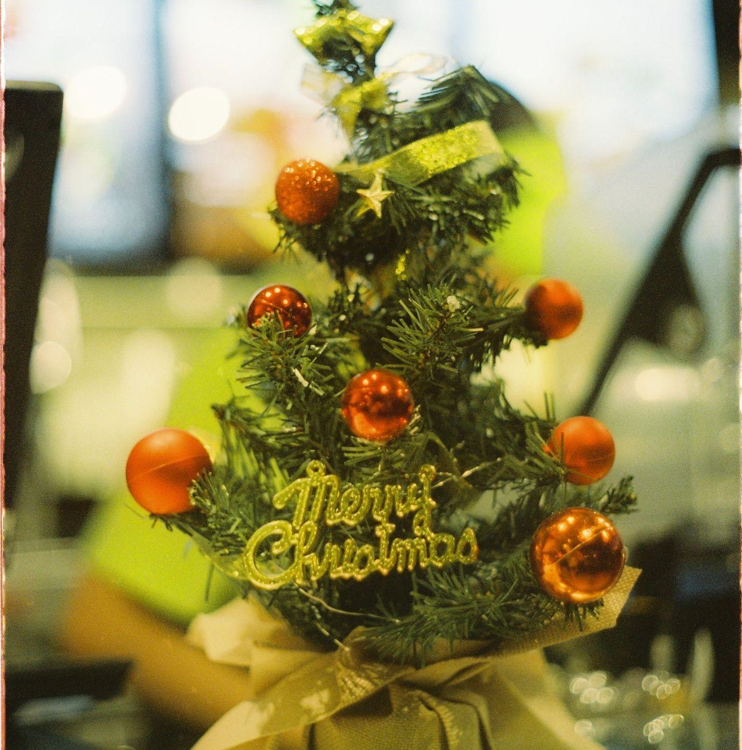The History and Characteristics of the Noble Fir
For many families, the noble fir is the quintessential Christmas tree. Native to the Pacific Northwest, this evergreen tree has been prized for its beauty and durability for decades. Its soft needles make it a favorite for families with young children who love to touch everything. The noble fir’s symmetry and dense branches make it the perfect tree for hanging ornaments, a beloved tradition for many families.
In addition to its aesthetics, the noble fir has other unique characteristics that make it stand out from other Christmas tree varieties. It has a long lifespan, meaning it can be enjoyed for several weeks without the needles falling off. The noble fir also has a distinctive aroma, which is often compared to that of a forest.
Decorating the Noble Fir with Ornaments for Christmas
The practice of decorating Christmas trees with ornaments dates back to the 16th century, when German Christians began to decorate their trees with apples, wafers, and candles. Today, ornaments for Christmas come in various shapes, sizes, and materials and are often passed down from generation to generation as family heirlooms.
When it comes to decorating the noble fir, the possibilities are endless. Some families prefer a simple and classic look, using only a few traditional ornaments for Christmas like glass balls or tinsel. Others prefer a more eclectic approach, incorporating handmade ornaments, family photos, and toys.
Whatever your style, it’s essential to choose ornaments appropriate for the tree’s size and shape. For example, larger ornaments may overwhelm a small tree, while more miniature ornaments may get lost on a more enormous tree. It’s also important to distribute the ornaments evenly throughout the tree vertically and horizontally to create a balanced look.
The noble fir is also a popular choice for outdoor Christmas decorations. While most people think of Christmas lights, other ways exist to decorate the tree. For example, you can hang ornaments for Christmas made of weather-resistant materials, such as plastic or metal, or wrap the tree in a garland made of outdoor-friendly materials.
The Noble Fir and July 4th Fireworks
While the noble fir is strongly associated with Christmas, it has another surprising connection—to July 4th fireworks. In some parts of the country, Christmas tree lots use leftover fir branches to make wreaths and garlands for Independence Day celebrations. The branches are often dyed in patriotic colors like red, white, and blue and sold as decorations for homes and businesses.
This practice is not only eco-friendly, but it also shows how versatile the noble fir can be. Whether it’s Christmas or Independence Day, the noble fir is a beloved tradition that brings joy to families and communities. Decorating it with ornaments is a timeless way to celebrate the holiday season, and incorporating it into July 4th festivities is a fun and creative way to show off its beauty. In conclusion, the noble fir is a classic Christmas tree that families have loved for decades. Its unique characteristics, like its soft needles and symmetrical shape, make it ideal for hanging ornaments. Decorating the tree with ornaments is a cherished tradition that dates back centuries, and there are endless ways to customize it to fit your family’s style. And while the noble fir is most commonly associated with Christmas, its versatility makes it a fun addition to other holiday celebrations, like July 4th fireworks.

